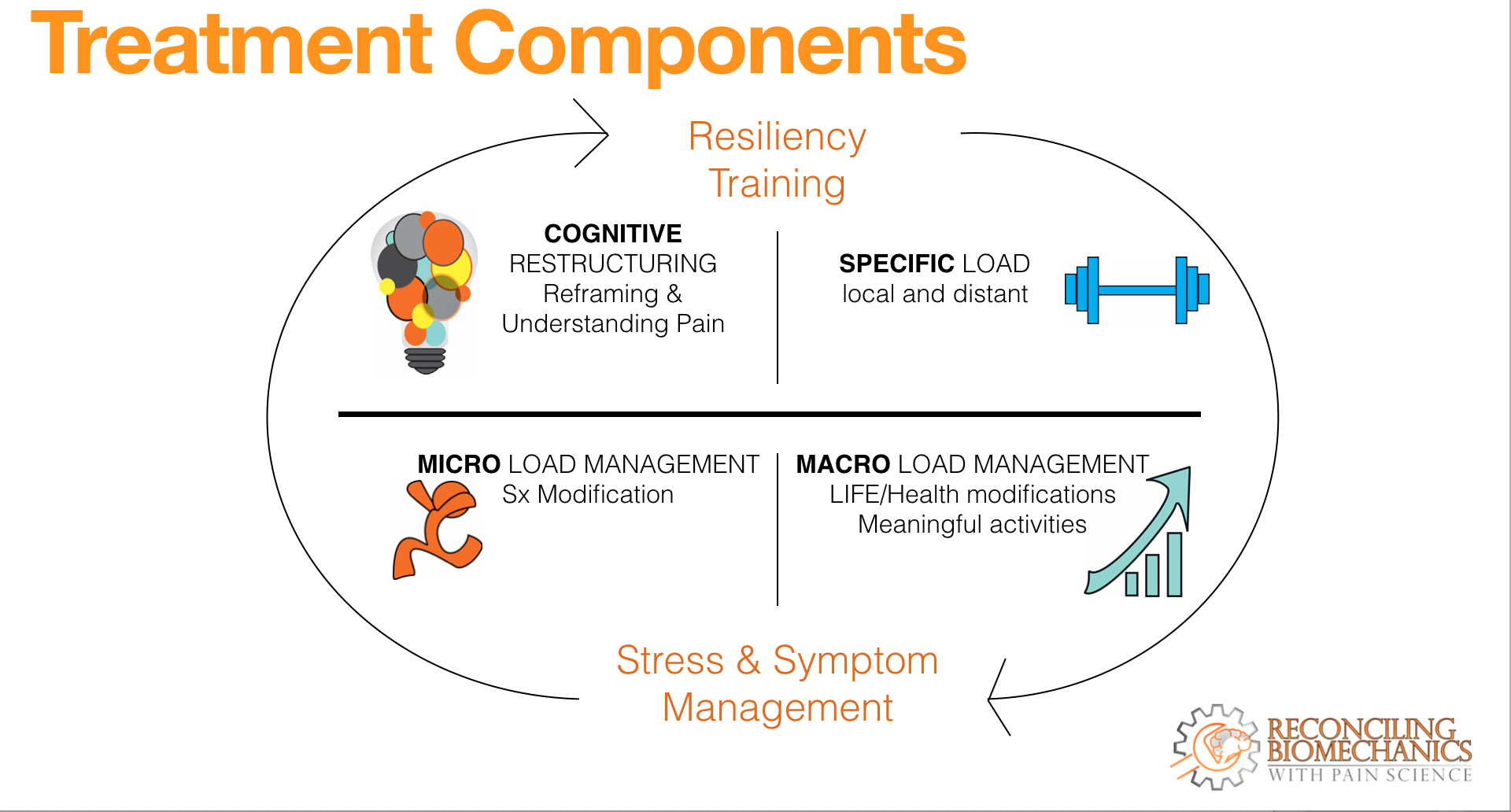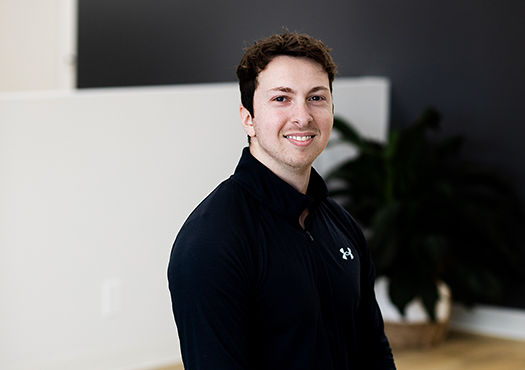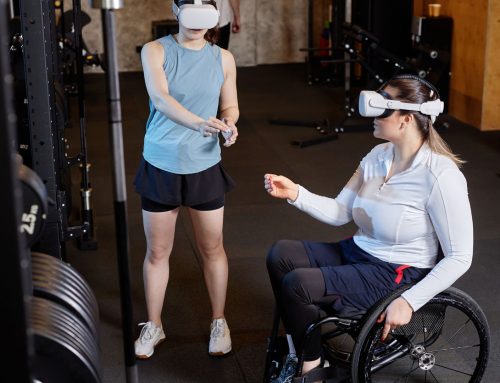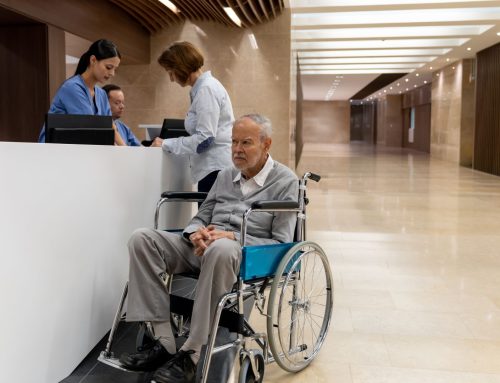Historically, physiotherapy and medicine have focused on a narrow cause-and-effect model. Conditions like long-term back pain were viewed as issues requiring specific tissue-based fixes. However, the biopsychosocial (BPS) approach offers a more holistic perspective. BPS recognizes that the human body is a complex ecosystem where factors such as stress, sleep, nutrition, and mental health play critical roles in pain experiences.
At Propel Physiotherapy, we believe in staying at the forefront of clinical practice to provide the best care for our clients. Recently, I have started integrating insights from Greg Lehman’s course, “Reconciling Biomechanics with Pain Science,” into my approach. Greg Lehman, a respected physiotherapist and chiropractor, emphasizes a comprehensive framework that combines biomechanics and pain science, enhancing our ability to treat clients effectively.
In this article, we will discuss the traditional model of physiotherapy care, the holistic approach to pain management taught by Greg Lehman, and how that can be applied to personalized treatment strategies. We will also apply the framework to a fictional low back pain client to demonstrate a use case.
Table of Contents:
- Moving beyond the traditional kinesiopathologic model
- The biospsychosocial model: a holistic perspective
- Personalized treatment strategies based on sensitivity levels
- Core principles guiding our approach
- Case study: applying the framework
- Conclusion: empowering clients through movement
Moving Beyond the Traditional Kinesiopathologic Model
Historically, physiotherapy has often focused on the kinesiopathologic model (KPM), which views pain primarily as a result of specific tissue damage. For example, long-term back pain would be seen as something wrong with the back tissues requiring direct fixing. While this model has its merits, it can be limited in addressing the complexity of chronic pain.
The Biopsychosocial Model: A Holistic Perspective
The biopsychosocial (BPS) approach offers a broader perspective, considering not only biological factors but also psychological and social influences on pain. This model recognizes that the human body is a complex system where factors such as stress, sleep, nutrition, and mental health play crucial roles in pain experiences.
Key Facts About Back Pain:
- Scans rarely show the cause of back pain.
- Pain with exercise or movement does not indicate harm.
- Poor posture is not a primary cause of back pain.
- A weak core is not a direct cause of back pain.
- Daily movements and bending do not wear out the back.
- Pain flare-ups do not signify increased damage.
Understanding these principles helps us approach back pain—and other chronic pain conditions—with a more nuanced perspective, focusing on overall well-being rather than just the site of pain.
Personalized Treatment Strategies Based on Sensitivity Levels
Although individual factors such as posture, core strength, and daily movement can sometimes play a role in pain, they are not predictive or causally linked. This means that these issues don’t always need to be fixed to resolve pain.
As our understanding of pain evolves, we recognize that while there may be a specific cause for pain (such as a cut or a sprained ankle), other factors within the biopsychosocial (BPS) model and general system sensitivity also play a significant role. The reasons why some people develop heightened system sensitivity while others do not remain unclear. However, foundational principles from Greg Lehman’s course can be applied broadly, allowing for both specific and general interventions as needed.
Here are some personalized treatment strategies based on different pain and sensitivity levels:
Low Sensitivity: Load Application and Modulation
For clients with low sensitivity, we focus on modifying load and movement patterns to promote adaptation and resilience. For instance, a weightlifter might benefit from adjustments in lifting techniques or incorporating new exercises like squats to enhance overall tolerance.
Medium Sensitivity: Symptom Modification
When dealing with medium sensitivity, symptom modification becomes key. This can involve a combination of manual therapy, targeted exercises, and other techniques to reduce pain and lower the nervous system’s sensitivity.
High Sensitivity: Engaging in Meaningful Activities
For clients with high sensitivity, reintroducing meaningful activities gradually is essential. Activities that bring joy and fulfillment, like hobbies or family time, are integrated into the treatment plan. The goal is to re-engage in these activities at a manageable level to avoid overwhelming the system.
Core Principles Guiding the Holistic Approach
There are four core principles to ensuring a comprehensive and effective approach that can be applied to a treatment plan:
- Cognitive Restructuring: Helping clients understand and reframe their pain.
- Specific Load Management: Addressing both local (injury site) and systemic load.
- Macro Load Management: Incorporating life and health modifications along with meaningful activities.
- Micro Load Management: Modifying symptoms and altering the pain experience.
Photo credit: www.greglehman.ca
These principles fall under two main categories: Resiliency Training and Stress/Symptom Management. By simplifying complex concepts into these categories, we can address both chronic pain and overall client well-being.
Case Study: Applying the Framework
Meet Doris: A Journey to Pain-Free Gardening
Doris, a 75-year-old woman with chronic low back pain, loves gardening but has been unable to enjoy it due to pain. Here’s how we applied our framework to help Doris:
Education: We educated Doris on pain sensitivity, emphasizing that pain does not equate to harm.
Gradual Reintroduction: We suggested starting with five minutes of gardening using a stool, gradually increasing the duration.
Incorporating Enjoyable Activities: Encouraged daily short walks, which Doris enjoys.
Pain Management: Assured Doris that mild pain (3/10) is manageable and beneficial.
By reintroducing a meaningful activity like gardening in a controlled manner, we helped Doris regain confidence in her movement. This approach improved her overall system tolerance and reduced her fear of pain, allowing her to enjoy her favorite hobby again.
Conclusion: Empowering Clients Through Movement
At Propel Physiotherapy, our goal is to help clients do what they love while managing pain effectively. Our commitment to using cutting-edge approaches in physiotherapy, ensures our clients receive the best possible care based on the latest evidence and holistic principles.
Inspired by Greg Lehman’s approach, we can focus on the individual, promoting adaptability and resilience. By integrating the latest pain science with traditional biomechanical principles, we can offer a holistic and client-centered approach to physiotherapy and pain management.
References
O’Sullivan PB, Caneiro J, O’Sullivan K, et alBack to basics: 10 facts every person should know about back pain. British Journal of Sports Medicine 2020;54:698-699.
Written by










